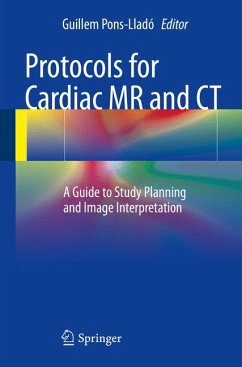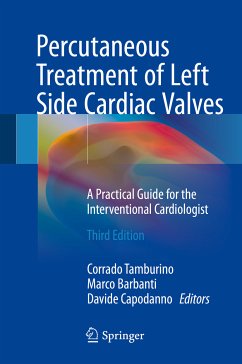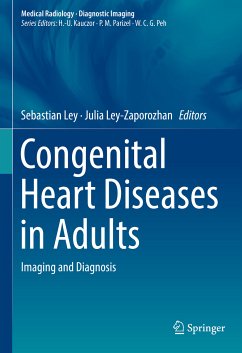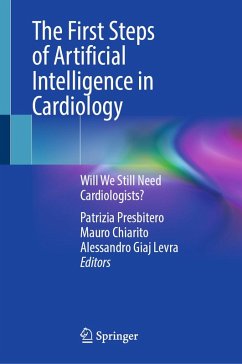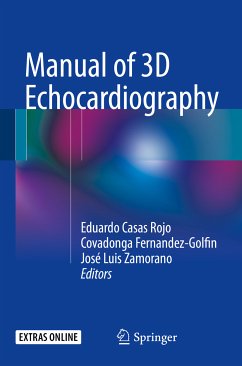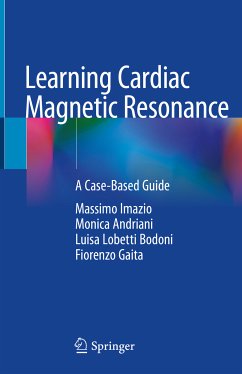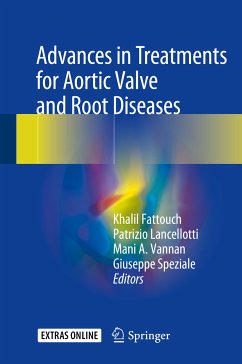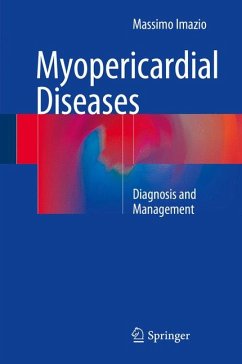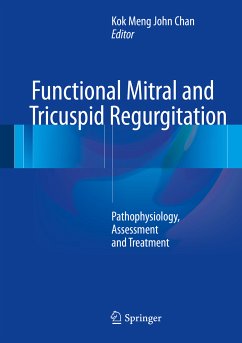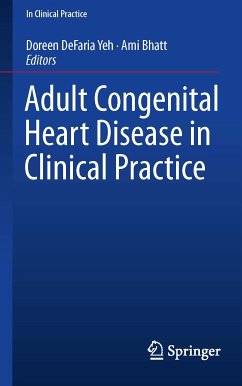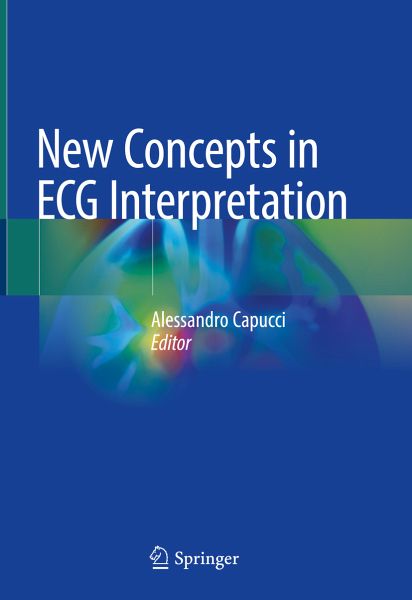
New Concepts in ECG Interpretation (eBook, PDF)
Versandkostenfrei!
Sofort per Download lieferbar
68,95 €
inkl. MwSt.
Weitere Ausgaben:

PAYBACK Punkte
34 °P sammeln!
Presents P wave reevaluation as a fundamental indicator of a patient's clinical state
Shares new insights into the correct diagnosis of aberrant conduction and ventricular rhythms
Examines new advances in the diagnosis of ischemia and pseudo ischemia, and explains the mechanisms involved
Shares new insights into the correct diagnosis of aberrant conduction and ventricular rhythms
Examines new advances in the diagnosis of ischemia and pseudo ischemia, and explains the mechanisms involved
Dieser Download kann aus rechtlichen Gründen nur mit Rechnungsadresse in A, B, BG, CY, CZ, D, DK, EW, E, FIN, F, GR, HR, H, IRL, I, LT, L, LR, M, NL, PL, P, R, S, SLO, SK ausgeliefert werden.



